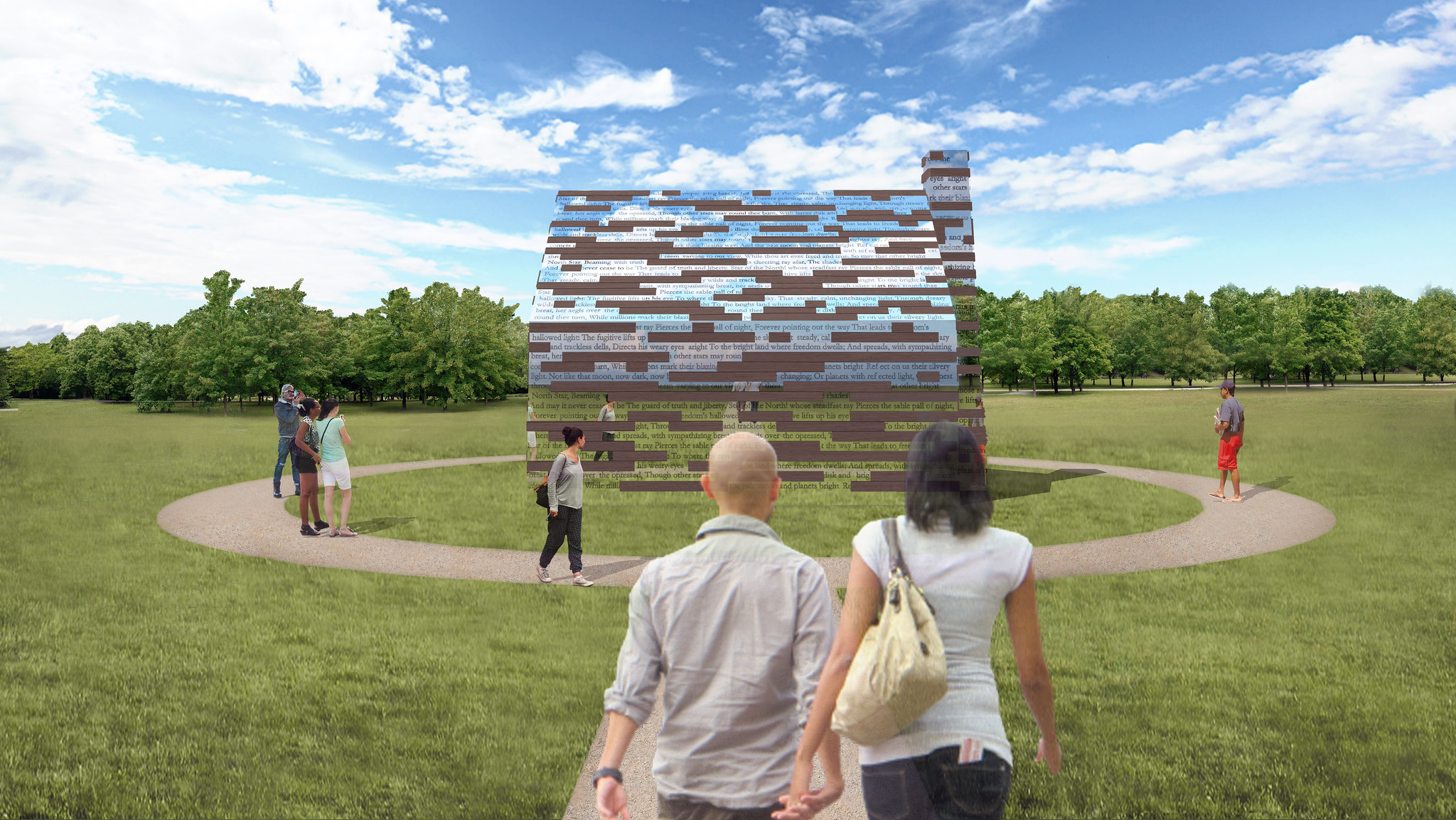Just as it is a part of the history of the nation, slavery is part of the greater narrative of Southern Maryland. St. Mary's College of Maryland recognizes its role in this history and our responsibility not only to acknowledge and honor the enslaved people who lived on this land but to change the narrative and learn from the past.
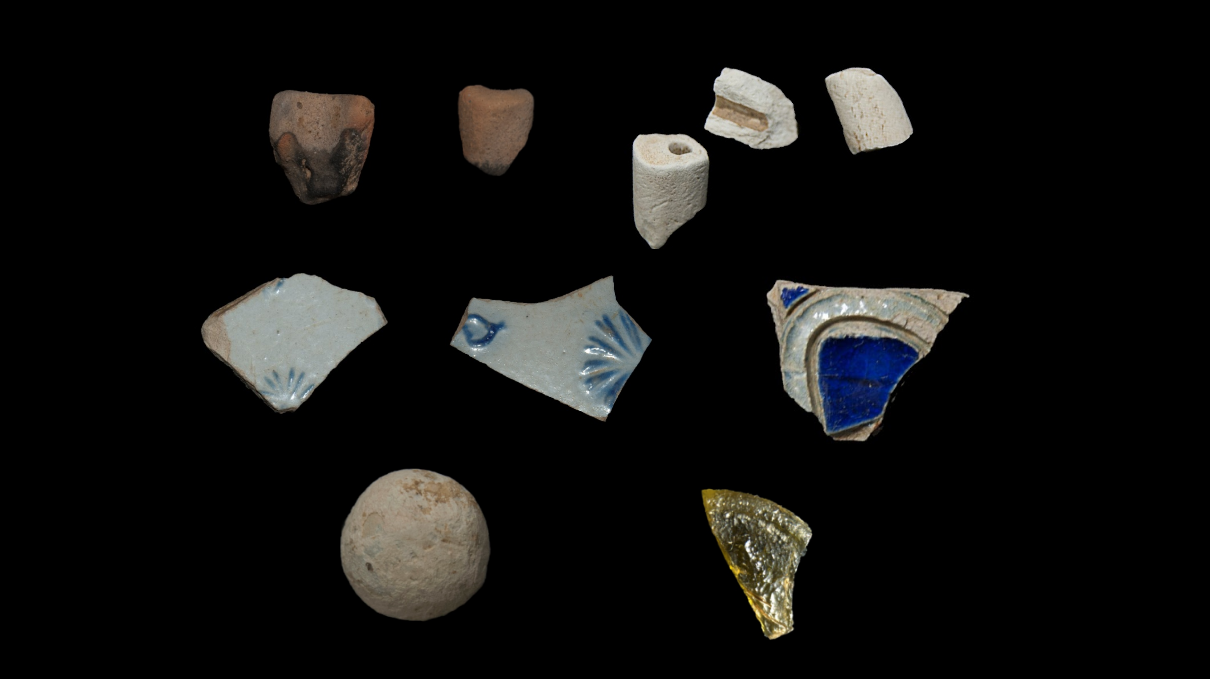
The Beloved Community
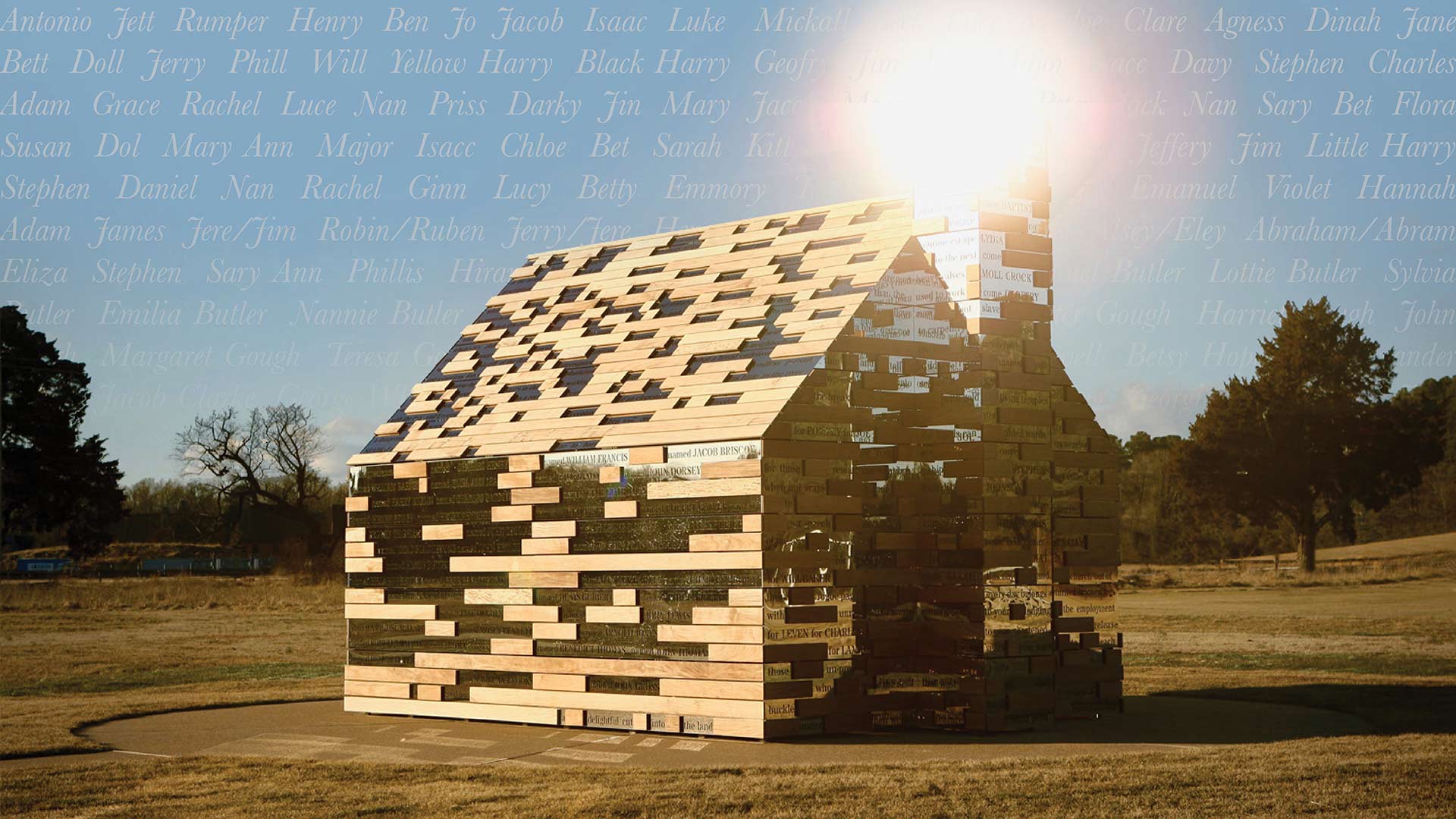
To observe the anniversary of the Commemorative to Enslaved Peoples of Southern Maryland, the Sacred Journey was born. Walking the Procession of Dignity is an opportunity to walk the roads that the enslaved walked, to contemplate the lives that they lived, and to give value to the idea of the unbroken chain that links the present and the past. The procession also serves to proclaim the unity of our community, our commitment to treating one another with dignity, and our shared responsibility to preserving the history of the enslaved persons who had inhabited our ground. It is a public sacrament that restores and reaffirms the dignity and humanity of the enslaved.
Take the Sacred Journey
Discovery of Enslaved Peoples’ Living Quarters
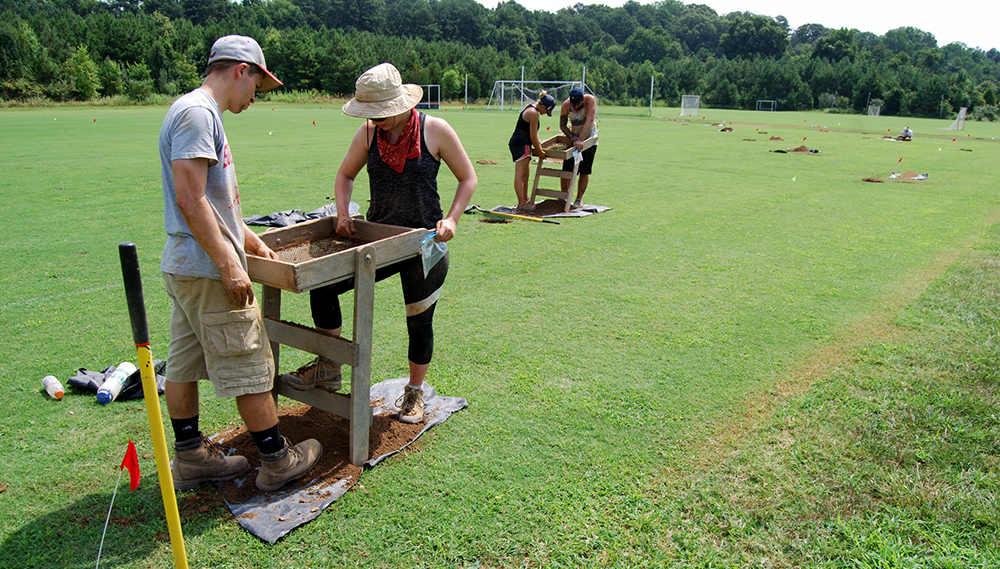
While conducting an archaeological investigation prior to construction of the Jamie L. Roberts Stadium, the archaeological team, led by Dr. Julia A. King, professor of anthropology at St. Mary’s College, uncovered artifacts consistent with mid-18th and early 19th-century slave quarters. What is known is that between 1750 and 1815, the field was home to three or four enslaved households. They labored for John Hicks and later John Mackall, both planters whose wealth was built on slave labor. With this discovery, we hope to engage and educate the public on the significance of these findings and honor the people who once lived here.
Discover More
Documents Lost to the Flames
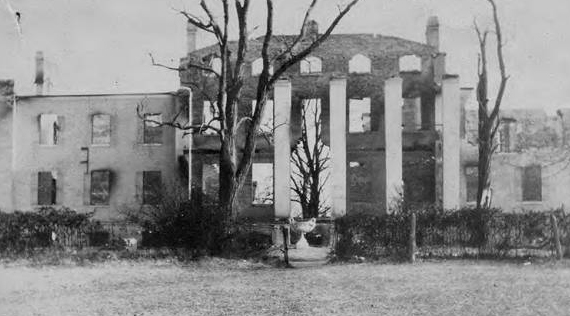
Due to a fire in 1924, any definitive evidence of slave ownership in the College’s history has been lost. However, as a result of in-depth historical research and the archaeological discovery of a slave quarter complex on St. Mary’s College campus, we have reconfirmed Southern Maryland’s history with the slave trade and for the first time established a clear connection between St. Mary’s College of Maryland and slavery.
As an institute of higher education we are taking this opportunity to expand the conversation around slavery. New courses, events, and the construction of the Commemorative to Enslaved Peoples of Southern Maryland will increase the understanding of the lives of enslaved people and slavery’s influence on current social justice issues in the United States.
About the Commemorative
Visit
Remembering Their Resilience

We all know the history of slavery in America. What we are just discovering are the powerful stories of resilience, creativity, and resourcefulness of the individuals that were forced into slavery. These stories provide a glimpse into these unseen lives and their ongoing struggle for freedom. Changing the perspective from which we interact with the subject of slavery provides new ways to connect with and understand our shared history. The Commemorative to Enslaved Peoples of Southern Maryland was designed to allow visitors to engage in an individualized experience, contemplating the effects of slavery on the individual, the local community, and the nation.
Reflect with Us
The Lesson
Upon uncovering artifacts indicating the presence of slave quarters, President Tuajuanda Jordan led campus and community forums to decide on the best way to honor the find and the people it represented. It was decided to move the stadium far back from its original location, leaving the ground covering the find intact. In 2018, President Jordan organized a broad-based committee to seek proposals for a commemorative design. The entire campus, as well as the community, had a say in selecting the artist, and ultimately the project to create an immersive art experience.
Dr. Jeffrey Coleman led the committee that spoke with community members and made recommendations on commemorating the enslaved. He sees the project as a powerful teachable moment for the community and an opportunity to start a dialogue that bridges differences.
In the here and now you don't think about the history of the place, even though you understand that this place was a site of slavery. It was important for me that the people who are in our community understand our community from the past to where we are now and that we could use that to motivate us for things to come in the future.”
-President Tuajuanda C. Jordan


